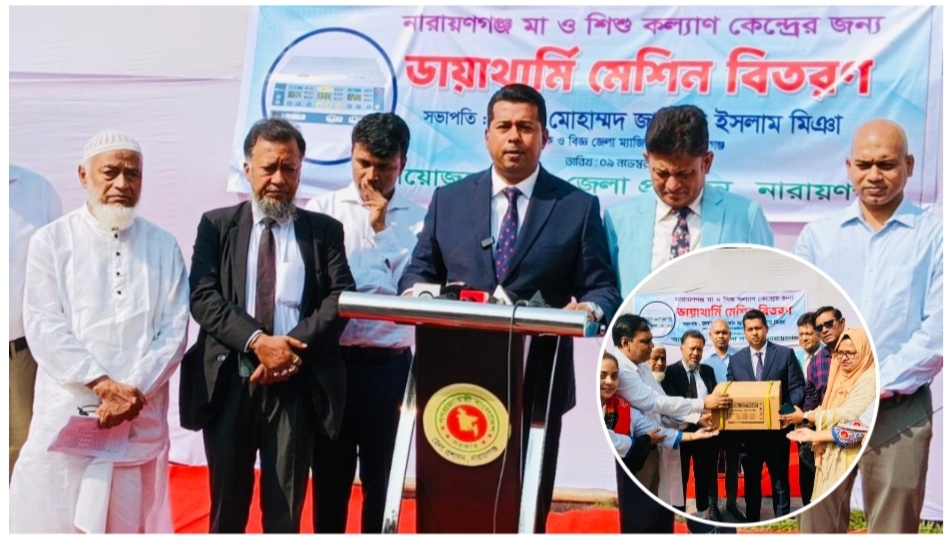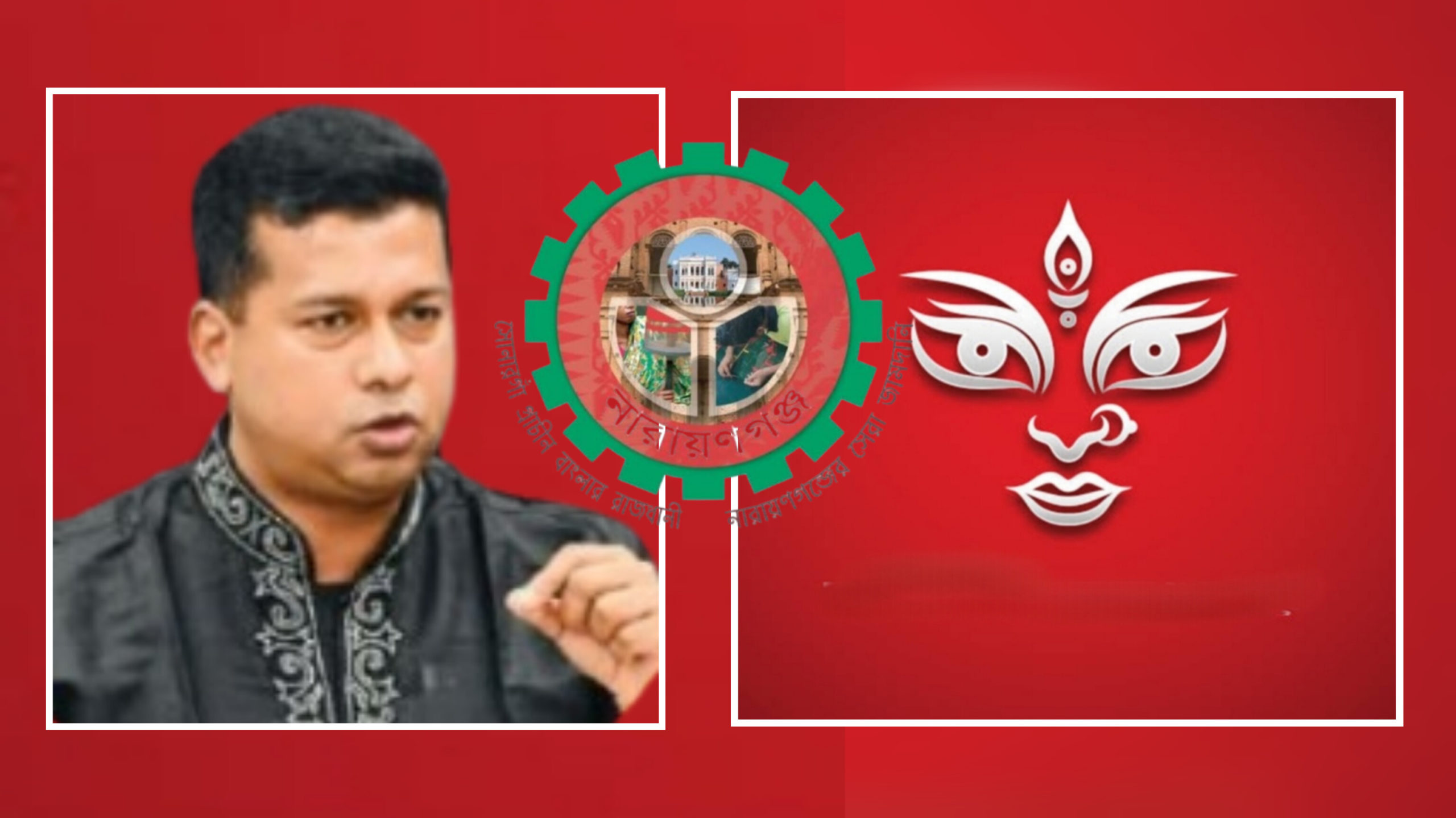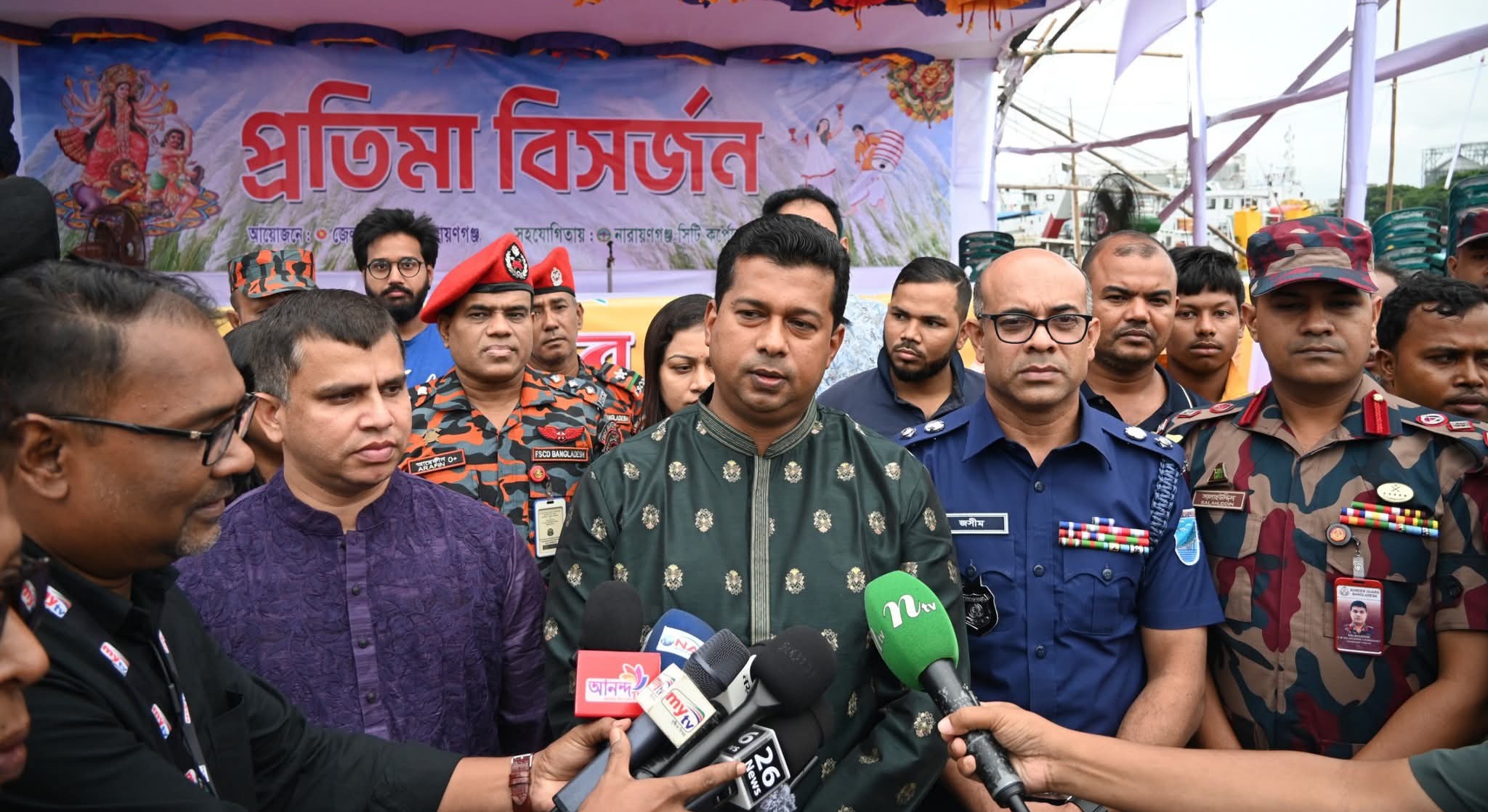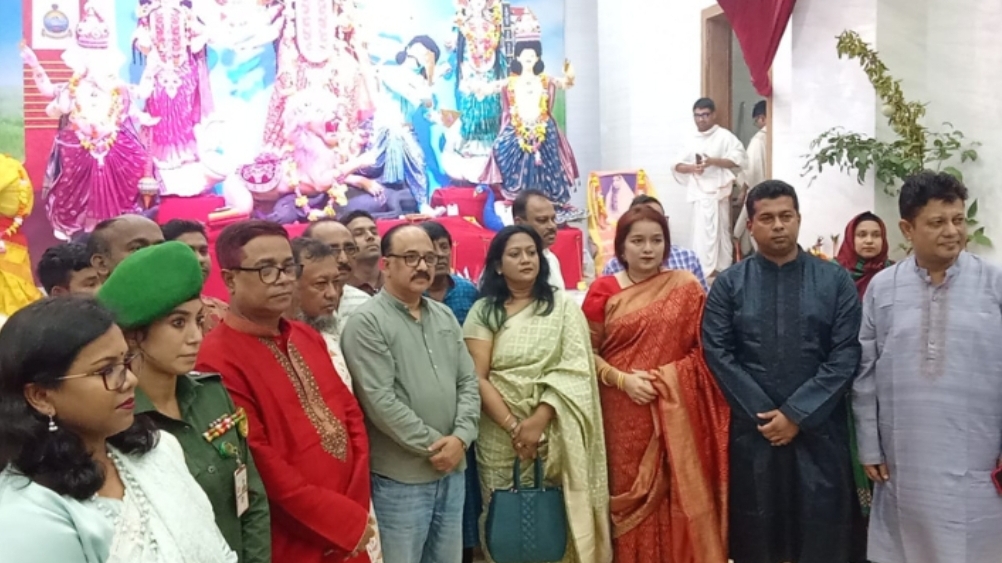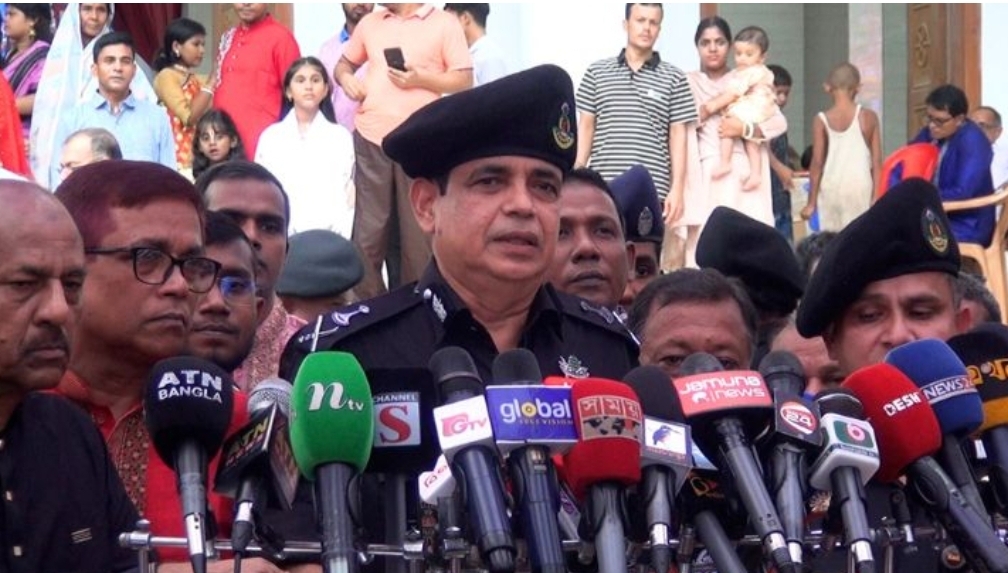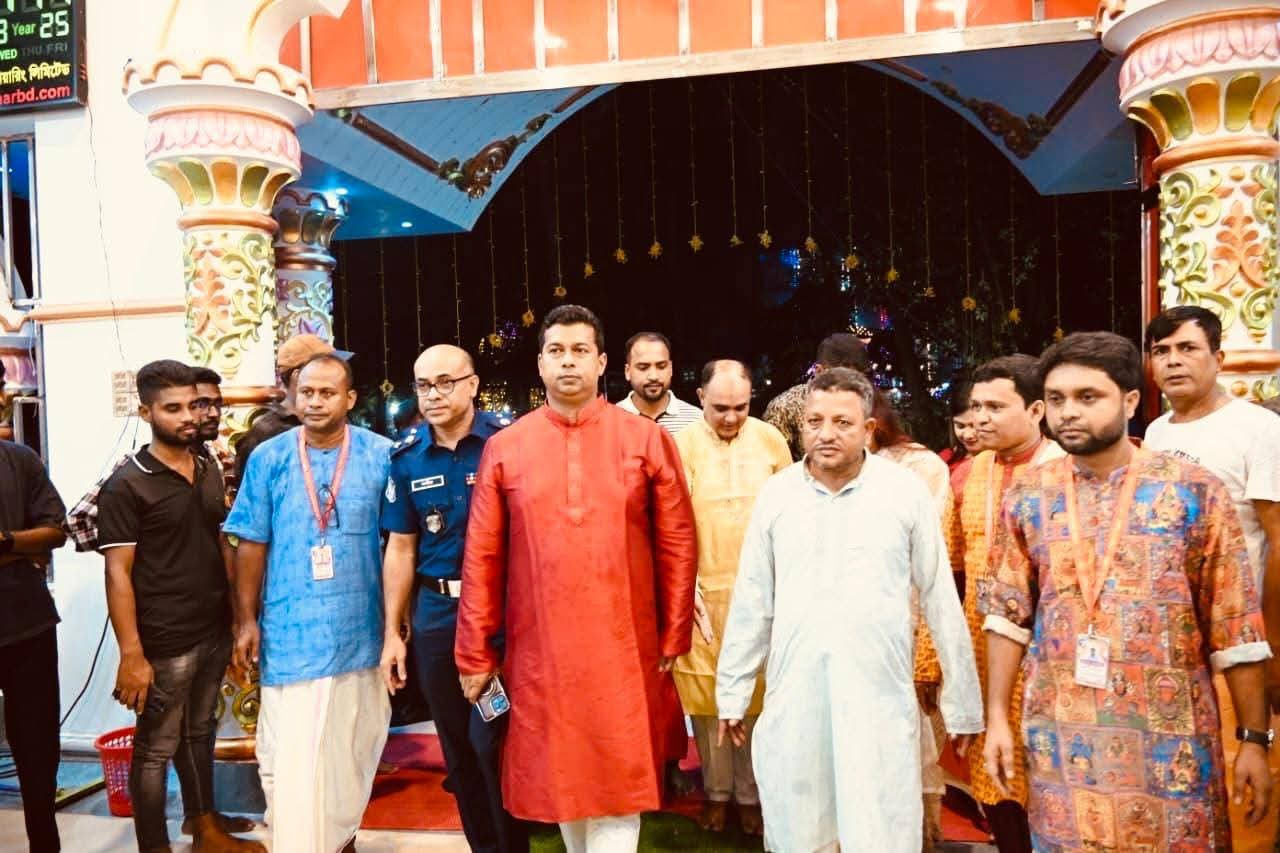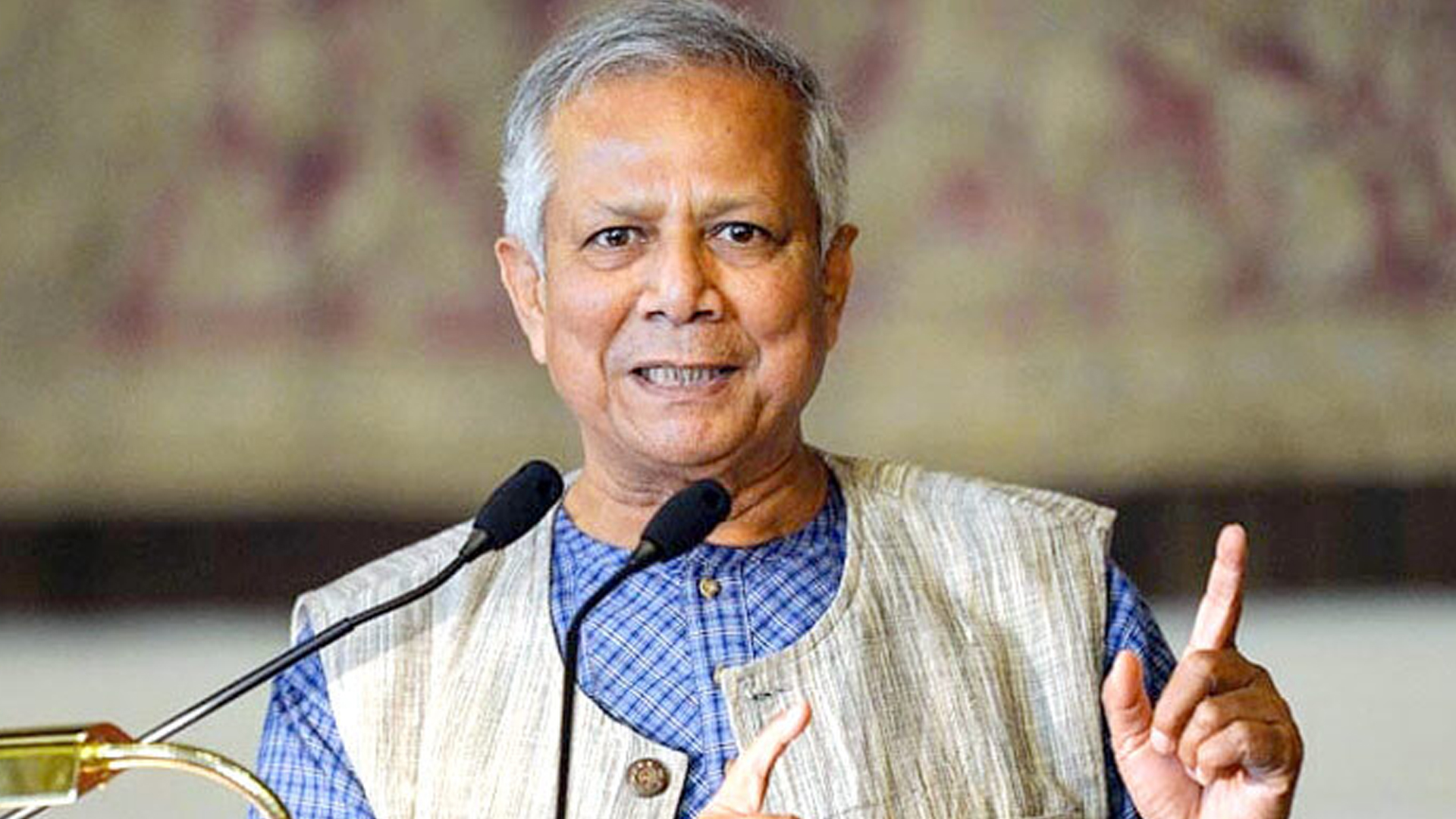“A new definition of human creativity in the AI era”– Sadia Islam Era

- Published : 08:39:33 pm, Friday, 7 November 2025 138 time view

Photo: Sadia Islam Era, Ireland
In today’s world, artificial intelligence (AI) is sitting next to the poet and writing poetry. Algorithms are competing with the artist’s brush. Some are creating music, some are writing advertising scripts, and some are analyzing news with perfection. The question arises – if machines can also create, then what is the specialty of human creativity?
It was once thought that creativity is a quality that is inherent only in humans. Humans feel, imagine, and then express those feelings in art, literature, or scientific thought. But AI has come and put a big question mark on that idea.
ChatGPT, DALL·E, Midjourney, or other generative models are now creating such writings and images that it is not clear whether they were made by humans or machines.
However, if you look deeply, this “creativity” of AI is actually a reflection of humans. Because this technology was created by humans—it learns from the vast data of human experience, language, logic, and imagination. In other words, what AI is creating is nothing more than a broad echo of the human brain.
So what is the role of humans?
Human creativity is now standing in a new place. Where creativity used to mean “making something new,” now it means “creating something meaningful.” No matter how many pictures a machine draws or stories it writes, it will not have the feeling of experience. When a person writes a poem, there is a tone of pain, memory, and disappointment—which is impossible for an algorithm to feel.
AI should therefore be seen not as a competitor, but as a collaborator. A writer can now get new ideas with the help of AI, an artist can experiment with color combinations, a researcher can speed up data analysis. AI is not taking away human work, but rather expanding the scope of his thinking.
However, concerns are not unfounded. As technology advances rapidly, many fear that in the future, the difference between “human-made” and “machine-made” art may not be understood. Will the value of art then decrease?
The answer to this question lies in the “human perspective.”
Art or writing that makes people think and move, that creation will be truly valuable—regardless of the medium in which it is created.
The definition of creativity is therefore changing today. Earlier, we used to say, “A creative person means someone who can make something.” Now, we can say, “A creative person means someone who can think in a new way.” Technology is our tool, but thinking is still only human.
Therefore, human creativity is not being lost in the AI era; rather, it is being reborn in a new sense. The future of creativity is in the hands of the person who can express his thoughts and feelings more broadly using technology.
Finally, we may be entering a new era—where art, literature, and science will together open up new horizons for human imagination.
AI will only be an aid, not the main source of creativity. Because, machines have knowledge, but no consciousness. And the real birth of creativity is precisely in that consciousness.
The author,Sadia Islam Era,
Residing in Ireland,The connection between technology and people—these two deeply attracts her. This Bangladeshi writer living in Ireland has done an MSc in Network and Information Security. She loves to think about the human side of technology in the changing reality of life.


